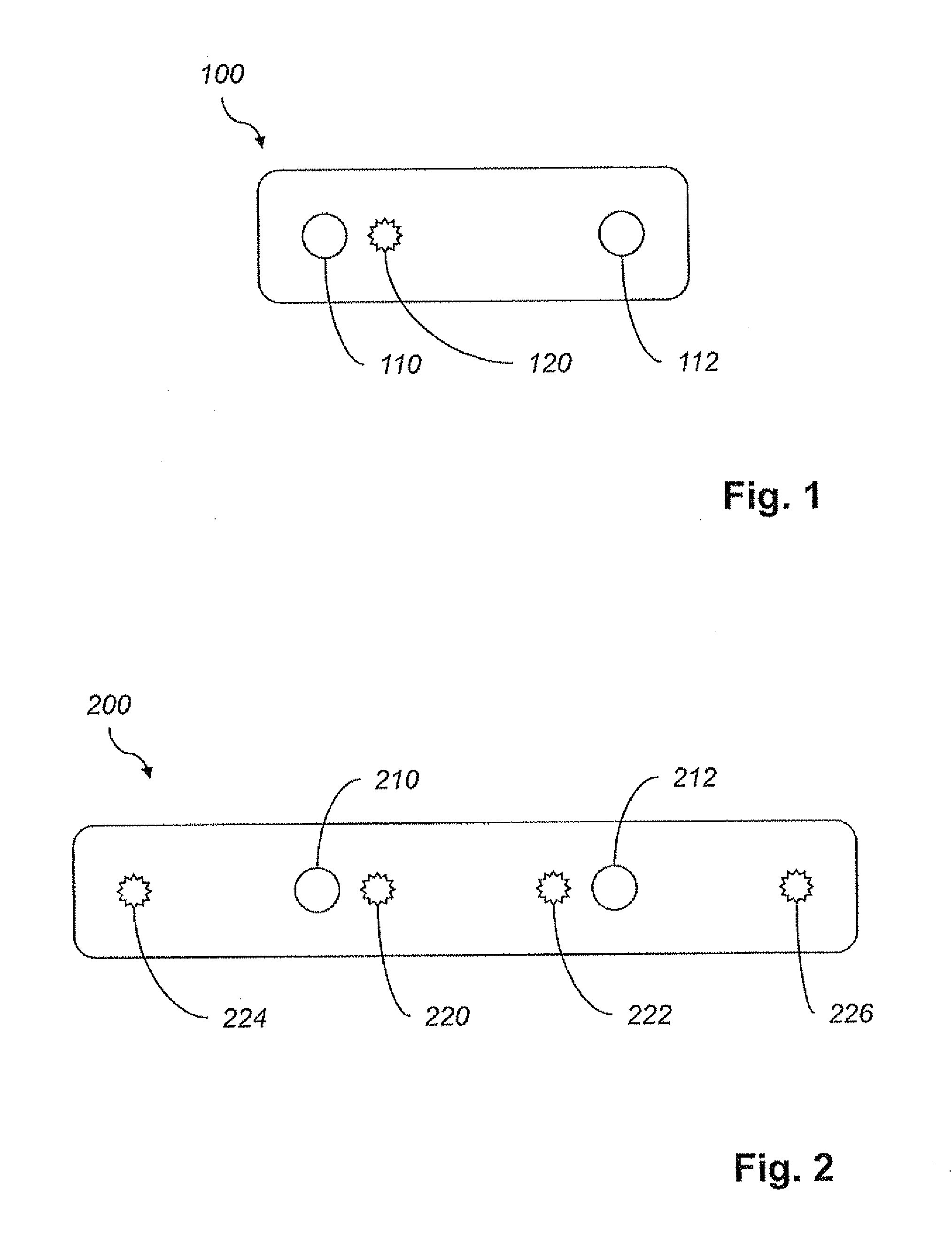Adaptive camera and illuminator eyetracker
a technology of eye tracking and adaptable camera, which is applied in the field of adaptable camera and illuminator eye tracking device, can solve the problems of small time delay, detriment to accuracy, and inability to carry out uninterrupted eye tracking based on just one of these imaging modes, so as to reduce the number of evaluations of image quality metric and reduce the number of times
- Summary
- Abstract
- Description
- Claims
- Application Information
AI Technical Summary
Benefits of technology
Problems solved by technology
Method used
Image
Examples
Embodiment Construction
I. Eye Tracker Comprising One Reference Illuminator
[0044]FIG. 1 shows a combined camera and illuminator arrangement 100. The arrangement 100 may be part of an eye tracker, in the sense that it is controllable by an eye tracker, and may even be embodied in the same physical unit as such device. It is also envisioned that an eye tracking system may comprise a processor and the arrangement 100 of FIG. 1.
[0045]The arrangement 100 comprises a reference illuminator 120 and a first camera 110 provided coaxially with the reference illuminator 120 in the sense that the optic axes of the two devices are parallel and the distance between them is small in relation to the overall length scale. The reference illuminator 120, which preferably is adapted to emit (near) infrared light from a point-shaped aperture, and the first camera 110 are arranged so closely to one another that it is possible to image the retinal retro-reflection (bright-pupil effect) of the reference illuminator 120. In some co...
PUM
 Login to View More
Login to View More Abstract
Description
Claims
Application Information
 Login to View More
Login to View More - R&D
- Intellectual Property
- Life Sciences
- Materials
- Tech Scout
- Unparalleled Data Quality
- Higher Quality Content
- 60% Fewer Hallucinations
Browse by: Latest US Patents, China's latest patents, Technical Efficacy Thesaurus, Application Domain, Technology Topic, Popular Technical Reports.
© 2025 PatSnap. All rights reserved.Legal|Privacy policy|Modern Slavery Act Transparency Statement|Sitemap|About US| Contact US: help@patsnap.com



